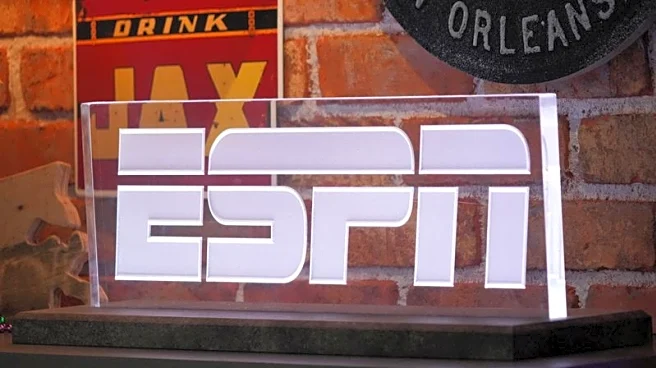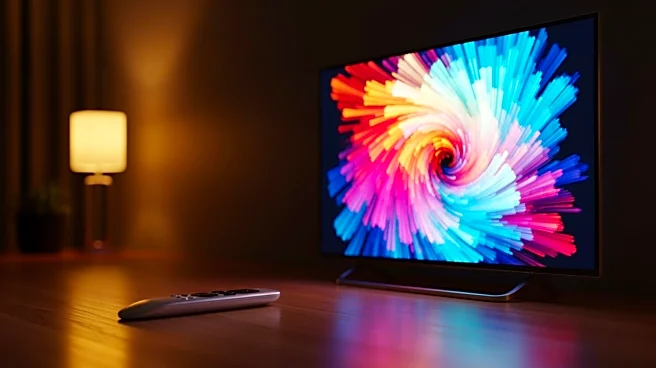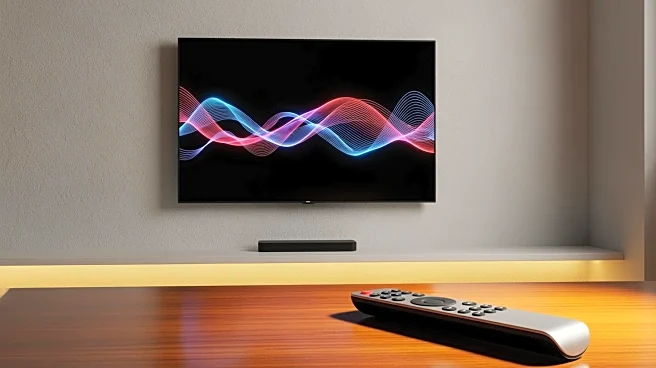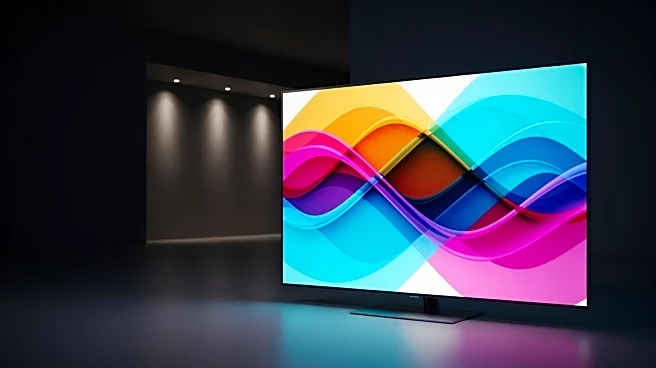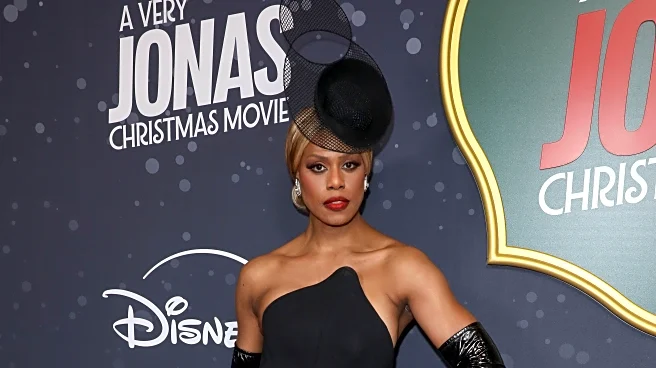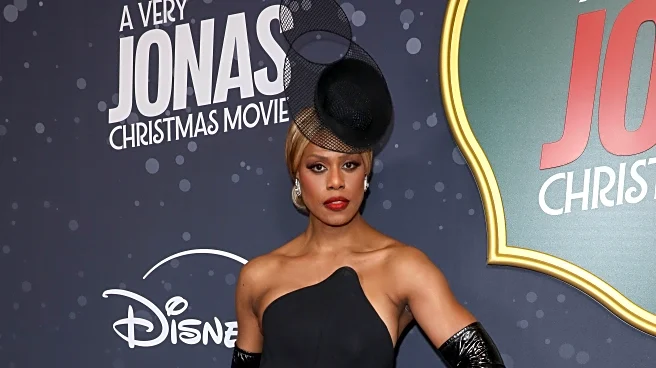What's Happening?
YouTube TV and Disney have reached a multiyear agreement, ending a two-week blackout of Disney's networks, including ESPN and ABC, on the streaming service. The blackout began on October 30, 2025, due
to disagreements over pricing and terms for a renewed carriage deal. Under the new agreement, YouTube TV subscribers will have access to ESPN's full lineup, including ESPN Unlimited, at no additional cost. The deal also includes the Disney+ and Hulu bundle as part of select YouTube offerings. The resolution comes after significant subscriber dissatisfaction, with many threatening to cancel their subscriptions due to the loss of Disney's programming. Disney reportedly lost over $4 million per day during the blackout.
Why It's Important?
The resolution of the dispute between YouTube TV and Disney is significant for both companies and their subscribers. For YouTube TV, restoring Disney's popular channels helps retain subscribers and maintain its position as the largest internet-TV service in the U.S. For Disney, the agreement ensures continued distribution of its content, which is crucial for its revenue and viewer engagement. The blackout highlighted the challenges in negotiating carriage deals in the evolving media landscape, where streaming services are increasingly important. The agreement also reflects the growing importance of flexible and bundled offerings in attracting and retaining subscribers.
What's Next?
With the agreement in place, YouTube TV subscribers can expect the return of Disney's channels, including ESPN and ABC, along with any previously recorded content. The deal may influence future negotiations between Disney and other pay-TV distributors, as it sets a precedent for pricing and terms. Both companies will likely continue to explore ways to enhance their offerings and adapt to changing consumer preferences. The resolution may also impact Disney's ongoing transition to streaming services like ESPN Unlimited, Disney+, and Hulu, as it seeks to balance traditional TV distribution with digital platforms.
Beyond the Headlines
The dispute and its resolution underscore the shifting dynamics in the media industry, where traditional TV networks and streaming services must navigate complex negotiations to secure distribution. The blackout and subsequent agreement may prompt other media companies to reassess their strategies and pricing models. Additionally, the situation highlights the power dynamics between content providers and distributors, as both sides leverage their resources to achieve favorable terms. The outcome may influence future industry negotiations and the development of new business models that prioritize consumer choice and flexibility.




